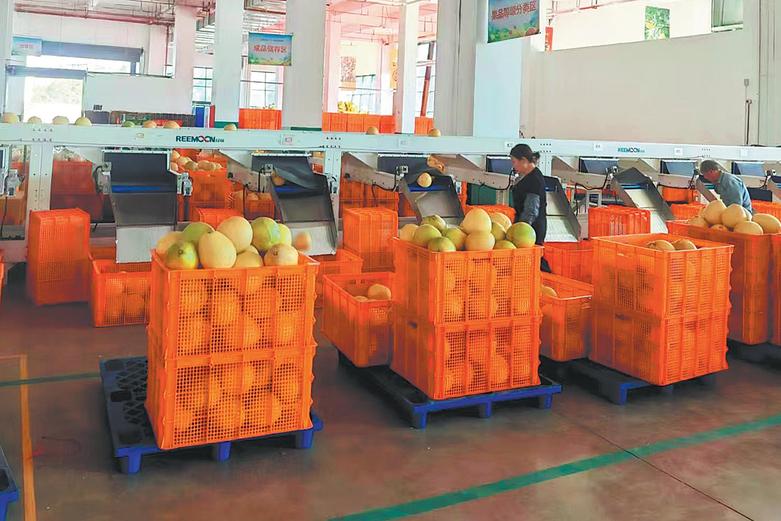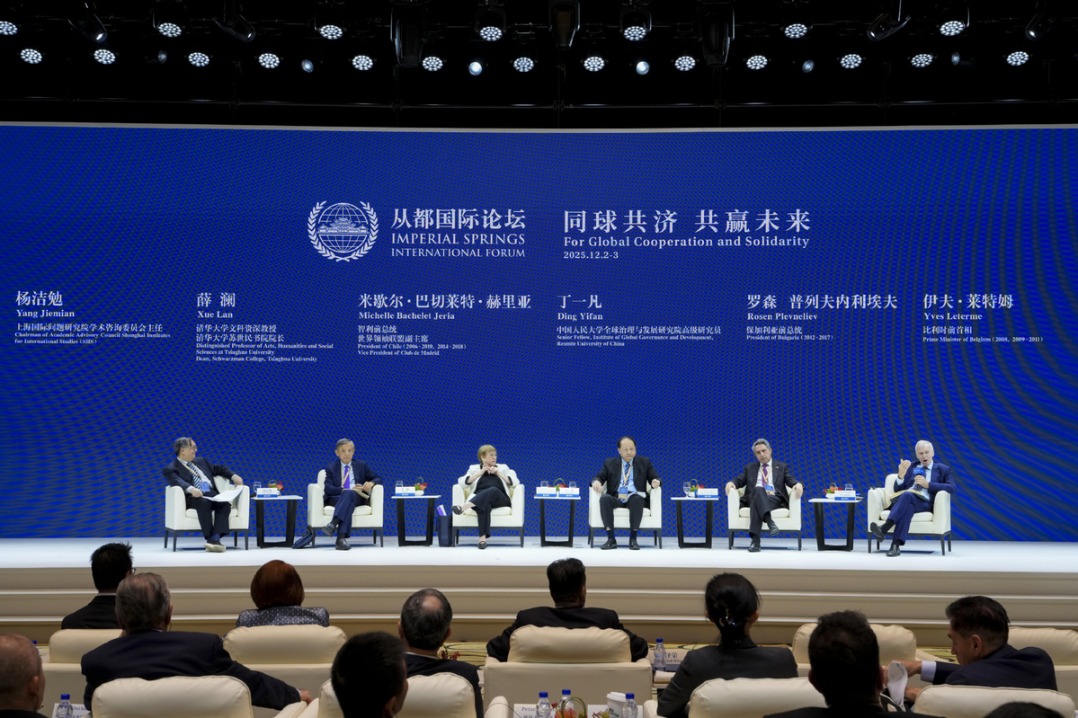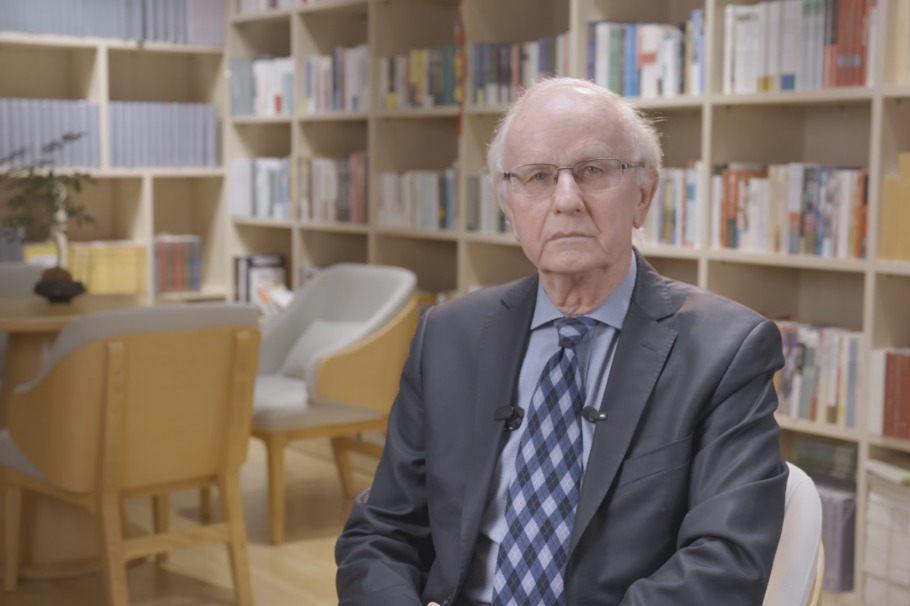Growth, poverty alleviation boost nation's profile

Quality and rebalance
Between 2013 and 2017, China's economic success also saw growth in areas such as crop yields, industrial added-value, sales of consumer goods, exports of goods, express delivery services, the number of mobile internet users and per capita disposable income.
The most important change in the past five years has been the eradication of the structural imbalance in the economy, according to Sun Xuegong, director of the economic institute at the National Development and Reform Commission.
Investment and consumption are now basically balanced, as are internal and external demand and the manufacturing and service sectors, he said, adding that improvements are being seen in other problematic areas such as environmental protection.
As the World Bank said in a report last month, China's economic rebalancing is underway and the government's goals can be achieved by the promotion of innovation, market competition and the private sector.
For example, the reduction of overcapacity has been a key factor in the country's economic agenda in recent years. Last year alone, more than 50 million metric tons of iron and steel were cut, along with 250 million tons of coal production capacity.
Sun said excess production capacity in some industries is the inevitable result of changes in the types of economic development and restructuring. In many countries the problem can be persistent, but in China, the government has used coordinated policies and market mechanisms to rebalance supply and demand.
The change was reflected in the report General Secretary Xi Jinping delivered to the 19th National Congress of the Communist Party of China in October.
Xi said China has made enormous economic achievements as a result of concerted efforts to transform development methods and improve quality and efficiency. The economic structure has been optimized, with emerging industries such as the digital economy booming, while infrastructure has substantially improved in terms of high-speed railways, highways and airports, he said.
He also pointed out more than 80 million people from rural areas have become urban residents, and the coordination of regional development and innovation had been strengthened to produce scientific and technological breakthroughs. The State Council, China's Cabinet, has approved 19 independent innovation demonstration zones, including facilities in Shenzhen, Guangdong province, and Ningbo and Wenzhou in Zhejiang province, to promote an innovation-driven strategy to improve original ideas and competitiveness.
- Suspect detained in child abduction case in Hunan
- China, France agree to launch new round of cooperation on panda protection
- Cracking down on cross-border crooks
- Xi, Macron witness signing of multiple cooperation documents
- Xi says China, EU should be partners
- Xi calls on China, France to expand cooperation in multiple areas





































